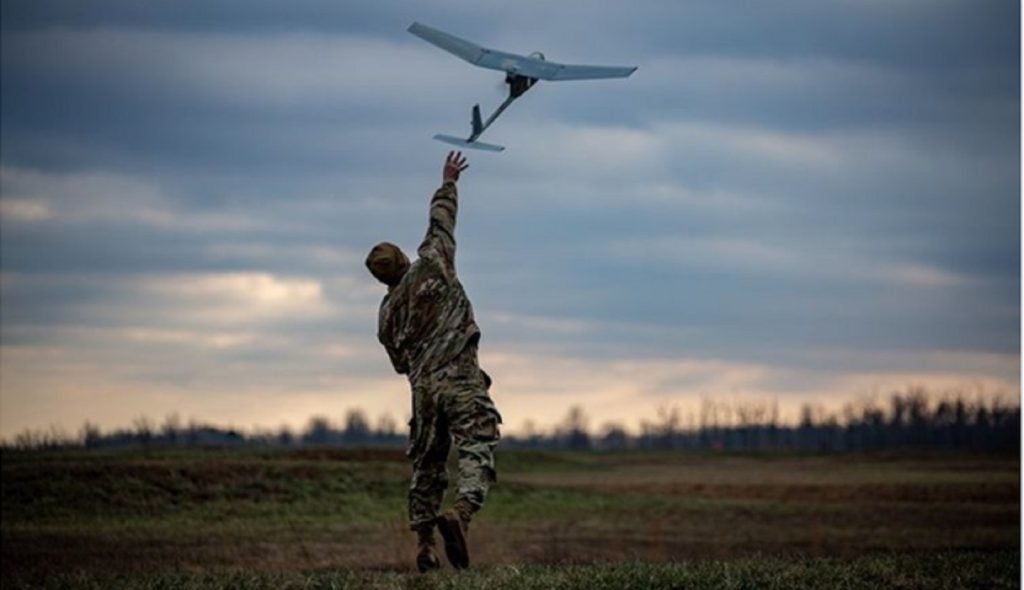The Center for a New American Security (CNAS) issued new research on 22 August, presenting a framework for how the US might discourage China and Russia from aggression in the short term using current troops and resources.
'Campaign of Denial: Strengthening Simultaneous Deterrence in the Indo-Pacific and Europe,' written by Becca Wasser, Senior Fellow for the Defence Programme and director of CNAS's The Gaming Lab, suggests a new strategy to campaigning that connects US military efforts to warfare principles in order to improve deterrence through denial and react effectively to China and Russia's threats.
US extended deterrence
As the research sets out, the challenge for the US is unprecedented: to deter, simultaneously, conventional aggression from two adversaries that are nuclear-armed.
To uphold America extended deterrence commitments, the US is required to project power into both the Indo-Pacific and Europe, however CNAS finds that the US is currently unprepared to 'concurrently meet the challenges posed by both China and Russia.'
But the requirement to act remains.
CNAS examines the concept of peacetime deterrence the Biden administration has outlined, campaigning, but finds it loosely defined and at risk of being counterproductive. The recommendation the authors of the report put forward is to more directly link campaigning to warfare, and to narrow the focus on approaches the US can use to 'set the theatre in the info-Pacific and Europe.'
'Campaigning can become that new approach to strengthen the simultaneous deterrence to maintain a favourable balance of power in the Indo-Pacific and Europe in the near-term future… Campaigning provides a way to break from the long-standing reliance on presence and improve capabilities, posture, and activities in order to create a link between peacetime deterrence and war-fighting.'
Simultaneous campaigning for China and Russia
The paper develops campaign strategies to safeguard Taiwan and the Baltic states. The two plans explain how the United States may strengthen military posture and actions in the two zones to guarantee a successful transition from deterrence to battle if necessary. Furthermore, the research assesses the benefits and drawbacks of a two-theatre deterrent approach.
Outlined in the research is a focus on improving the warfare concepts by investing in the forces, posturing next-generation capabilities in locations relevant to the threat from China, lifting the capabilities to be 'relevant to a high-end conventional fight'. It picks out Australia and Philippines as sites requiring new US base access, and an expansion of base access in Japan.
Within the campaigning framework, the US should seek contingency access to Sweden and Finland, opening up challenges to Russia within the borders of Nato’s newest members.
The authors also explicitly recommend using trainings and exercises as tools to bring forces to theatre where the likelihood of conflict is higher, at 'key periods of aggression', so as to serve a dual purpose of bringing forces to threatened locations. Stockpiling critical supplies and munitions in Europe a the Indo-Pacific is also recommended as an accelerant to moving from campaigning to active combat operations as well as signalling US preparation for an extended conflict.












